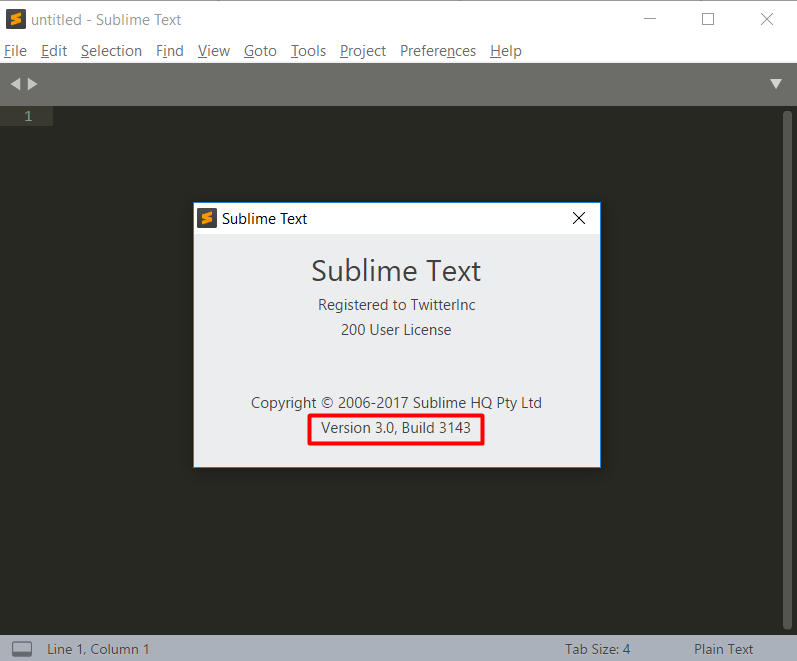
Nevertheless, RIP-seq technology has lower accuracy in identification of the binding sites.

RIP-seq technology, although similar to CLIP-seq, lacks several operational steps including enzymatic digestion of immuno-precipitated RNA and gel separation of protein-RNA complexes, and thus avoids these problems. However, CLIP-seq methods are challenged by high experimental failure rates and extremely low library complexity. Fortunately, this limitation has been overcome by the CLIP-seq technology, which sequences cDNA libraries constructed from RBP-bound RNA fragments eluted from either membrane or gel after in vivo crosslinking immunoprecipitation. However, this method relies on a large number of probes and high hybrid efficiency of microarray, without which there will be a loss of some crucial and novel RNA targets. The combination of the RNA immunoprecipitation and microarray analysis was once a high-throughput approach for systematical identification of the transcripts to which an RBP binds. Īccurate identification of the RNA targets of an RBP is very important for understanding its regulatory roles in gene expression.

Therefore, numerous softwares have not only been applied to probe DNA-protein interaction in ChIP-seq data, ,, , but also to identify the RNA-protein binding sites in CLIP-seq and RIP-seq data, ,, ,. RBPs bind to RNA target sequences and participate in forming ribonucleoprotein complexes. Regulation of genome expression at the level of transcription, pre-mRNA processing, as well as mRNA turnover and translation usually depends on specific interactions between RNA binding proteins (RBPs) and their RNA targets, ,, ,. In addition, we found that CELF1 globally regulates the alternative splicing by binding the exon-intron boundary in HeLa cells, which will deepen our understanding of the regulatory roles of CELF1 in the pre-mRNA splicing process. Taken together, we have shown that RIP-seq data can be used to decipher RBP binding sites and reveal an unexpected landscape of the genome-wide CELF1-RNA interactions in HeLa cells. For example, the inclusion of exon 16 of LMO7 gene, a marker gene of breast cancer, is positively regulated by CELF1. Furthermore, transcriptome analyses revealed that alternative splicing was globally regulated by CELF1 in HeLa cells. Our bioinformatics analyses revealed that 5′ and 3′ splice site motifs and GU-rich motifs were highly enriched in the CELF1-bound peaks.
#Irip activation code software
A total of 15,2 CELF1-specific sense and antisense peaks were identified using the ABLIRC software tool. Mapping of the RIP-seq reads showed a biased distribution at the 3′UTR and intronic regions. In this study, we performed RIP-seq experiments in HeLa cells using a monoclonal antibody against CELF1. In this review, we elaborate on reported methods and discuss recent advances and shortcomings in this area of tracking bacterial effector translocation.The current RIP-seq approach has been developed for the identification of genome-wide interaction between RNA binding protein (RBP) and the bound RNA transcripts, but still rarely for identifying its binding sites.

Recently, the existing toolset has been expanded by newly developed state-of-the art methods to monitor bacterial effector translocation and dynamics. Various approaches have been developed to understand timing and order of effector translocation, quantities of translocated effectors and their subcellular localization upon translocation into host cells. A comprehensive understanding of effector translocation in a spatio-temporal manner is of critical importance to gain insights into an effector’s mode of action.

These effectors are translocated into host cells by means of dedicated secretion systems such as the type 3 secretion system (T3SS). Bacteria-host interactions are characterized by the delivery of bacterial virulence factors, i.e., effectors, into host cells where they counteract host immunity and exploit host responses allowing bacterial survival and spreading.


 0 kommentar(er)
0 kommentar(er)
